Green Certifications vs ISO 14001: Understanding Environmental Standards of ISO
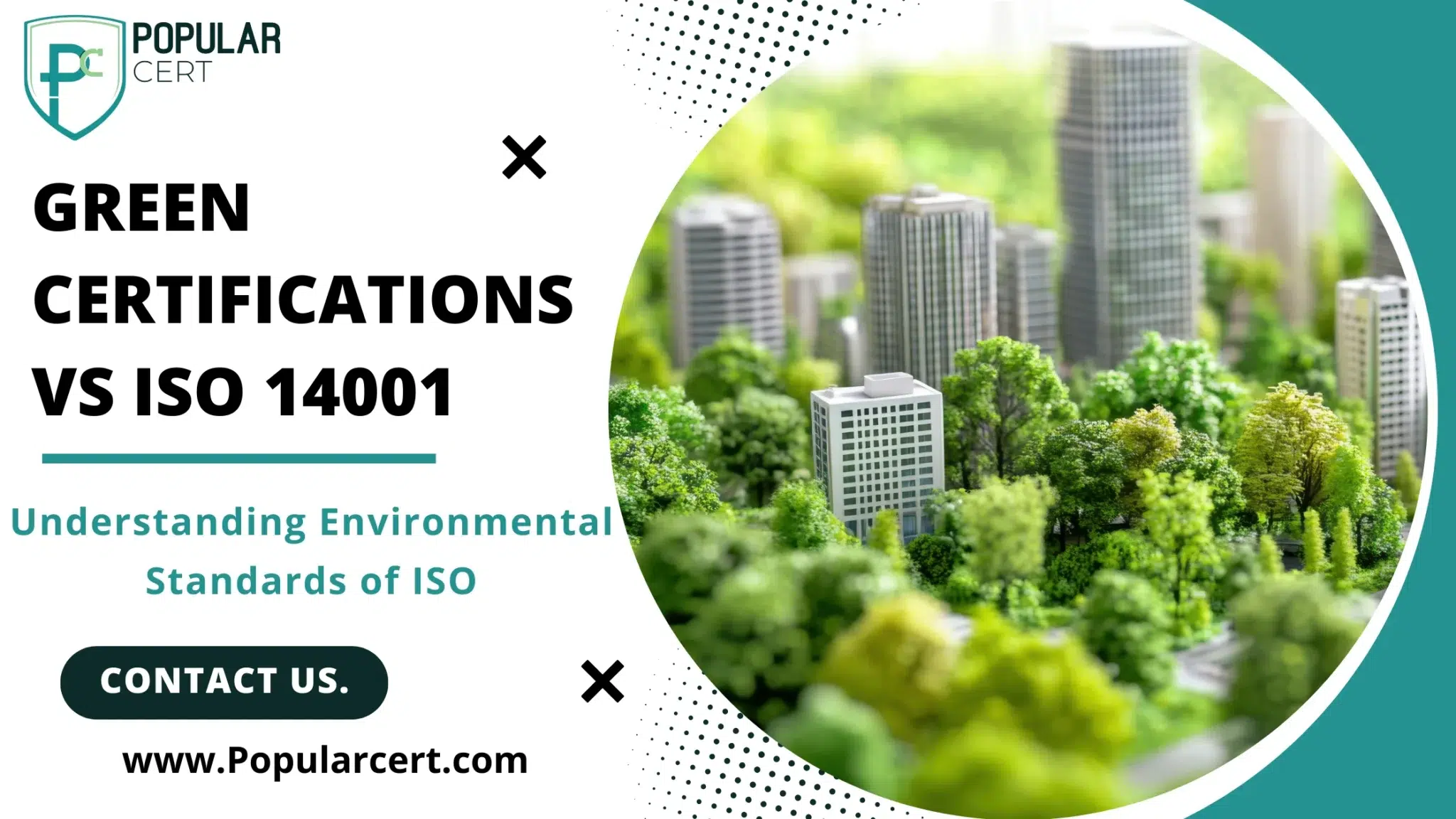
Climate change, sustainability, and corporate responsibility are no longer optional they are essential for survival in modern business. Governments, consumers, and investors now demand that organizations prove their environmental responsibility.
This demand has given rise to green certifications and global standards like ISO 14001, which guide companies in reducing their environmental footprint.
But here’s the challenge: with so many certifications available LEED, BREEAM, FSC, Energy Star, Carbon Neutral labels how does ISO 14001 compare? And which one is right for your organization?
Let’s explore how ISO 14001 stands apart and how it fits within the bigger family of green certifications.
What Are Green Certifications in Simple Words?
Green certifications are labels or approvals given to organizations, buildings, or products that meet specific sustainability criteria. They prove to customers and regulators that a business is making genuine efforts toward:
- Reducing carbon emissions
- Managing waste responsibly
- Conserving energy and water
- Using eco-friendly materials
- Protecting biodiversity
Examples include:
- LEED (Leadership in Energy and Environmental Design) – Building and construction sustainability.
- BREEAM (Building Research Establishment Environmental Assessment Method) – Europe’s leading building sustainability standard.
- FSC (Forest Stewardship Council) – Sustainable wood and paper sourcing.
- Energy Star – Energy-efficient appliances and electronics.
- Carbon Neutral / Net Zero Certifications – Reducing and offsetting carbon emissions.
These certifications are often industry-specific, while ISO 14001 provides a universal environmental management system (EMS) framework that can apply across industries.
Types Of Certification
- ISO Certification
- ISO 9001 Certification
- ISO 14001 Certification
- ISO 45001 Certification
- ISO 22000 Certification
- ISO 27001 Certification
- ISO 17025 Certification
- ISO 13485 Certification
- ISO 20000-1 Certification
- ISO 22301 Certification
- ISO 50001 Certification
- ISO 37001 Certification
- IATF 16949 Certification
- ISO 29001 Certification
- ISO 31000 Certification
- ISO 20121 Certification
- ISO 10002 Certification
- ISO 41001 Certification
Get Free Consultation
Our Clients


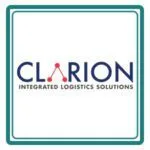
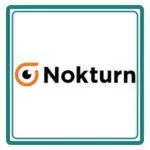


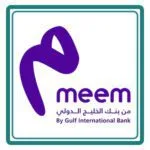
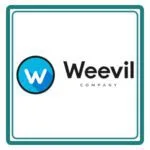



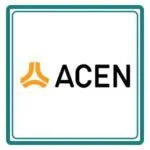




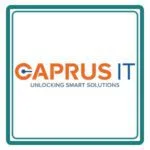

What is iso 14001 environmental management system
ISO 14001 is the international standard for Environmental Management Systems (EMS). It helps organizations:
- Identify their environmental impact
- Reduce waste, pollution, and emissions
- Set environmental goals and track progress
- Comply with local and global regulations
- Improve reputation and market competitiveness
Unlike product-based green labels (e.g., Energy Star), ISO 14001 is process-based. It focuses on the way organizations manage their activities, not just the end product.
Green Certifications vs ISO 14001: What’s the Difference?
Feature | Green Certifications | ISO 14001 |
Focus | Specific products, buildings, or industries (e.g., LEED for buildings, FSC for wood) | Entire organization’s environmental management system |
Scope | Narrow (industry/product-specific) | Broad, applicable to all industries |
Recognition | Regional (e.g., LEED is US-centric, BREEAM in Europe) | Global recognition |
Approach | Outcome-based (measuring product/building performance) | Process-based (how the organization manages environmental impact) |
Certification Body | Varies by industry and region | Internationally accredited ISO bodies |
Best For | Companies needing industry-specific eco-labels | Organizations seeking a comprehensive environmental system |
Why Do Companies Choose ISO 14001 Over Other Green Certifications?
- Global Recognition – ISO is universally accepted, unlike regional certifications.
- Flexibility – ISO 14001 applies to any industry manufacturing, IT, retail, construction, or healthcare.
- Integration with Other ISO Standards – Easily integrates with ISO 9001 (quality) or ISO 45001 (safety).
- Supply Chain Compliance – Many global buyers require ISO 14001 certification.
- Cost Savings – Reduces waste, energy, and resource use.
Can a Company Hold Both ISO 14001 and Other Green Certifications?
Yes. In fact, many companies combine certifications for maximum credibility. For example:
- A construction company may hold ISO 14001 and LEED.
- A furniture manufacturer may hold ISO 14001 and FSC.
- An electronics company may hold ISO 14001 and Energy Star product certifications.
This layered approach gives organizations both process credibility (ISO) and marketable eco-labels (green certifications).
SWOT Analysis of ISO 14001 in the Era of Green Certifications
Strengths
- Global recognition
- Broad industry application
- Integrates with other ISO standards
- Supports compliance and risk reduction
Weaknesses
- More process-focused, less visible to consumers
- Certification process can be time-consuming
- Requires staff training and continuous monitoring
- Not product-specific like Energy Star or LEED
Opportunities
- Rising demand for ESG reporting
- Growing global regulations
- Ability to integrate with digital EMS tools
Threats
- Competition from industry-specific eco-labels
- Misuse of “greenwashing” can reduce trust
- Initial costs may deter SMEs
How Does ISO 14001 Support ESG and CSR Goals?
- Environmental (E) – Reduces emissions, waste, and pollution.
- Social (S) – Builds trust with eco-conscious customers and communities.
- Governance (G) – Provides structured reporting for investors and regulators.
CSR (Corporate Social Responsibility) reports often highlight ISO 14001 as proof of environmental commitment.
Real-World Case Study 1: Manufacturing Firm in Singapore
A medium-sized electronics manufacturer wanted to expand exports to Europe. Buyers demanded proof of sustainability. By adopting ISO 14001, the company reduced waste by 18% in one year, cut energy costs, and secured contracts worth millions.
Real-World Case Study 2: Construction Project in Dubai
A construction firm needed both LEED and ISO 14001 to win a government contract. LEED certified the building, while ISO 14001 certified the company’s environmental management system. Together, they boosted the firm’s reputation and opened doors to international projects.
ISO 14001 and Digital Transformation: How Technology Supports Green Certification
Modern tools make ISO 14001 compliance easier:
- IoT sensors monitor emissions and energy use.
- Cloud EMS dashboards track compliance in real time.
- AI reporting automates data analysis for audits.
- Blockchain ensures transparent environmental records.
Digital transformation ensures ISO 14001 is future-proof.
What Are the Costs of ISO 14001 Compared to Other Certifications?
Here’s a concise, humanized version about costs:
- ISO 14001: Moderate investment, depends on company size and complexity. Cost-effective for multiple operations.
- LEED: Higher costs, mainly for building-specific sustainability projects.
- FSC: Lower annual fees, depends on product range and supply chain coverage.
Summary: ISO 14001 is usually the most practical and cost-efficient choice for organizations seeking broad environmental compliance.
What Happens If You Ignore Environmental Certifications?
- Risk of losing tenders and contracts.
- Fines for non-compliance with regulations.
- Reputation damage and loss of eco-conscious customers.
- Higher operational costs due to inefficiency and waste.
The Future of ISO 14001 and Green Certifications
- ISO 14001 will continue to evolve with AI, IoT, and digital monitoring.
- Green certifications like LEED and Carbon Neutral will grow in popularity.
- Hybrid models (ISO + eco-labels) will become the norm for global businesses.
Ready to Take Your Sustainability to the Next Level?
ISO 14001 isn’t just a certification it’s a strategic advantage that shows your commitment to environmental responsibility. With PopularCert, you get expert guidance, faster implementation, and affordable solutions to integrate ISO 14001 into your operations seamlessly.
Act Now: Secure your ISO 14001 certification and strengthen your brand’s trust, win green-conscious clients, and stay ahead in the evolving global market. Contact PopularCert today for a free readiness assessment and start your journey toward sustainable success.
GET A FREE CONSULTATION NOW
FAQs
Can SMEs afford ISO 14001?
Yes. Consultants like PopularCert provide cost-effective solutions tailored for SMEs.
Does ISO 14001 help with net zero goals?
Absolutely. It provides the framework for measuring, reducing, and offsetting emissions.
Which is better ISO 14001 or LEED?
It depends. ISO 14001 covers organizational processes, while LEED certifies buildings. Many companies need both.
How long is ISO 14001 valid?
3 years, with annual surveillance audits.
